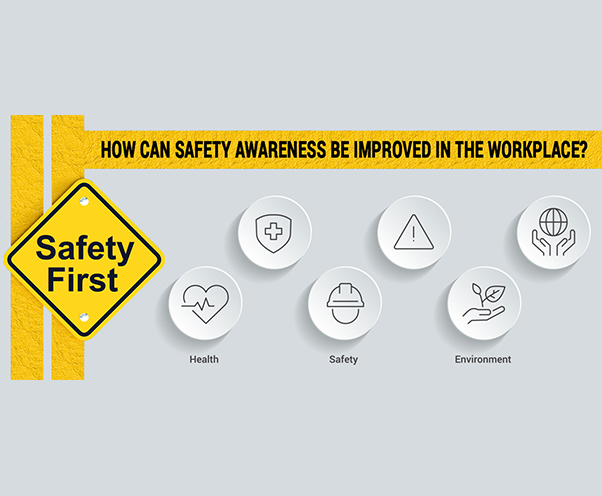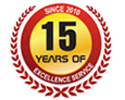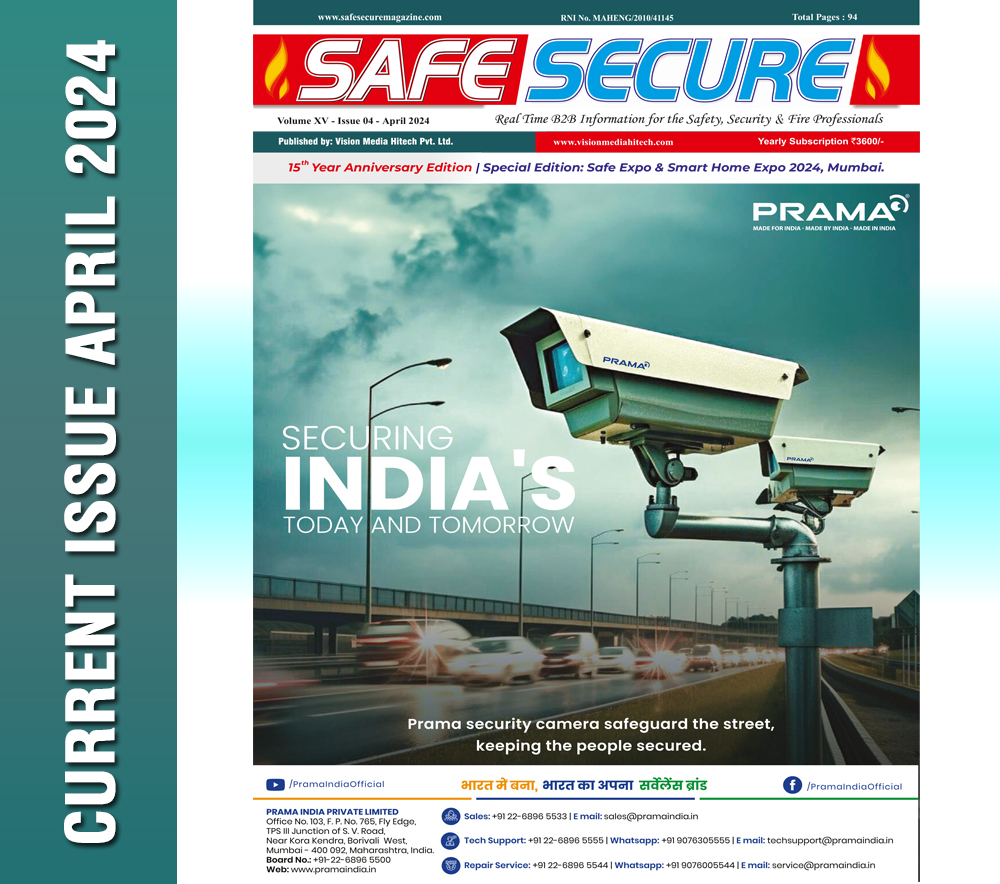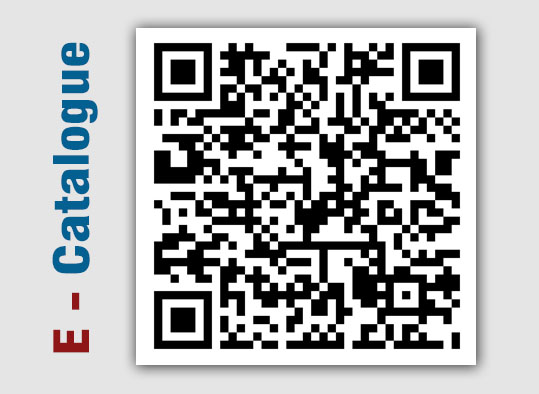What are the Most Common Challenges in Monitoring Workplace Safety?

Workplace safety is a vital aspect of public administration, as it affects the well-being of employees, the quality of services, and the reputation of organizations. However, monitoring workplace safety is not always easy, as it involves various challenges that require attention and action. In this article, we will discuss some of the most common challenges in monitoring workplace safety and how to overcome them.
1Regulatory compliance
One of the main challenges in monitoring workplace safety is ensuring compliance with the relevant laws and regulations. These may vary depending on the sector, location, and level of government. For example, federal agencies may have to follow the Occupational Safety and Health Act (OSHA), while state and local agencies may have to comply with their own occupational safety and health standards. Compliance requires regular inspections, audits, reports, and corrective actions, which can be time-consuming and costly. To overcome this challenge, you should stay updated on the latest regulatory changes, establish clear policies and procedures, and train your staff on the best practices.
failure to recognize the complications failure to relay information to the care team failure to react in a timely and appropriate manner.
2Human factors
Another challenge in monitoring workplace safety is dealing with human factors, such as attitudes, behaviors, and skills. These can affect the level of risk, awareness, and compliance in the workplace. For instance, some employees may have a low perception of danger, a lack of motivation, or a resistance to change. Others may have insufficient knowledge, experience, or competence to perform their tasks safely. To overcome this challenge, you should foster a positive safety culture, provide feedback and incentives, and offer education and training.
Risk perception of each individual will be different. Attitude and how they perceive each risk or danger is very important. Only with constant monitoring, standardized training and awareness and engagement initiative will make the risk perception of all to the same level.
Employees' lack of awareness of safety protocols and potential hazards can increase accident risks. Non-compliance may be due to complacency, time pressure, or discomfort with safety equipment. Poor communication between management, workers, and safety teams can hinder incident reporting and timely corrective action implementation.
3Technological issues
A third challenge in monitoring workplace safety is coping with technological issues, such as equipment failures, cyberattacks, or data breaches. These can compromise the security, reliability, and efficiency of the workplace systems and processes. For example, a malfunctioning device, a hacked network, or a lost file can cause accidents, injuries, or losses. To overcome this challenge, you should invest in quality equipment, implement cybersecurity measures, and backup your data.
4Environmental hazards
A fourth challenge in monitoring workplace safety is managing environmental hazards, such as noise, air pollution, or extreme weather. These can affect the health, comfort, and productivity of the employees and the customers. For example, a loud noise, a poor air quality, or a heat wave can cause stress, fatigue, or illness. To overcome this challenge, you should monitor the environmental conditions, provide adequate ventilation, and adjust the working hours.
5Resource constraints
A fifth challenge in monitoring workplace safety is dealing with resource constraints, such as budget cuts, staff shortages, or space limitations. These can limit the ability to implement and maintain effective safety measures. For example, a reduced budget, a high turnover, or a crowded space can hinder the acquisition of equipment, the retention of staff, or the enforcement of rules. To overcome this challenge, you should prioritize the most critical safety needs, optimize the use of resources, and seek external support.
The lack of resources, including adequate funding for safety equipment, training, and personnel, can compromise safety measures and response capabilities. Understaffed safety teams can struggle to monitor areas and conduct regular inspections, increasing accident risks. Additionally, outdated technology can hinder data collection and analysis, limiting the ability to identify and address potential hazards.
6Stakeholder engagement
A sixth challenge in monitoring workplace safety is engaging the stakeholders, such as employees, customers, partners, or regulators. These can have different expectations, interests, and opinions regarding workplace safety. For example, some employees may want more flexibility, some customers may want more convenience, some partners may want more collaboration, or some regulators may want more transparency. To overcome this challenge, you should communicate clearly, listen actively, and negotiate fairly.
7Here’s what else to consider
This is a space to share examples, stories, or insights that don’t fit into any of the previous sections. What else would you like to add?
(This "HSE" Published in March 2024 Edition)












